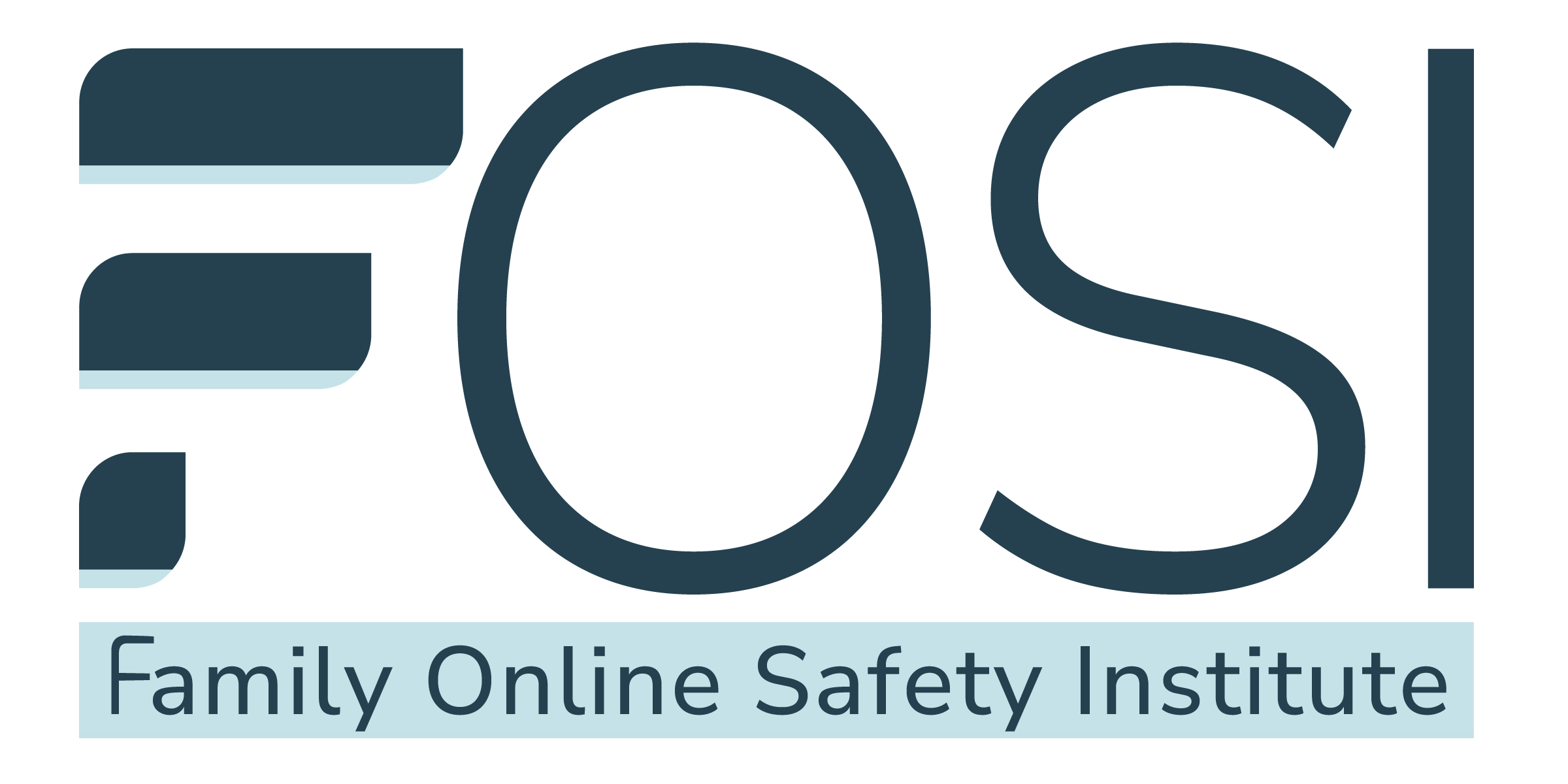More and more, schools and districts are moving to digital communication. If you think about how we communicate every day, this is a shift that's been a long time coming. For one thing, most of us are attached to our mobile phones. According to the Pew Research Center, the vast majority of American adults own some kind of cellphone—95%, in fact.
In a lot of ways, this shift is also just common sense. If you wanted to get in touch with someone, you wouldn't print out the information on a sheet of paper, hand it to a fourth-grader, and expect it to reach your intended destination (at least, not without a few bumps along the way). Instead, you'd contact this person directly through a method that gives you at least a fighting chance of reaching them. Why should school communities settle for anything less?
A rock and a hard place
But as schools and districts begin introducing new systems for communication, we're seeing that the answer isn't quite so simple. These days, parents are being asked to stay on top of their emails, check social media, visit school websites, and register for online portals—sometimes all at the same time. At some point, dealing with multiple platforms and complicated systems starts defeating the purpose of going digital in the first place. And, to add insult to injury, parents are also still tracking down the handouts that inevitably end up stuffed in the bottom of a backpack.
Meanwhile, the methods that we use to communicate with friends and families, like text messages and phone calls, aren't always appropriate for education, either. Think about the different types of communication that take place within a school community: conversations between teachers and parents, teachers and students, and students and their peers. Most teachers are reluctant to use their personal devices and phone numbers for work, and understandably so—there's just no way to protect everyone's privacy and draw the boundaries necessary in an education setting.
Open, trusted communication
With all this in mind, how can educators reach students and parents in a way that actually works?
That's the question that Remind first set out to answer in 2011. And for teachers, the solution was surprisingly straightforward: digital communication that combines the convenience of texting with key protections that help build trust. Now, over 27 million users and 10 billion messages later, we're bringing this approach to schools and districts as well.
On a larger scale, these priorities stay the same; they just look a little different at the school and district levels. Principals and other administrators need to be able to reach everyone with schoolwide updates, whether they're about upcoming events or urgent situations, and they need to do it in a channel that every family can realistically access with the time and resources they have available.
And to keep that line of communication open between school and home, administrators need the right oversight and management controls to help everyone in their communities feel safe. When it comes to bullying, inappropriate content, and other harmful behaviors, the ability to report users and access communication logs means administrators can intervene when necessary.
Communication should make working together easier, not harder, and there's no reason for school and district communication to be outdated, complicated, or lacking oversight. Students, parents, and educators all deserve better than that.
Guidelines for good digital communication
If you're evaluating how you communicate with your child's teacher or school, here are some questions to consider asking:
- Is any personal contact information revealed?
- Do you know who you're communicating with?
- Do you have documentation of your communication if you need it?
- Does your school have oversight of communication channels?
- Can you manage your communication preferences?
- How can bullying or other harmful behaviors be reported?
Communicating with your child's teacher can't be exactly the same as communicating with friends and family—that just isn't possible within a school environment. But that doesn't mean you can't communicate openly and productively with the educators who are committed to the same goal that you are: your child's success.














.svg)

